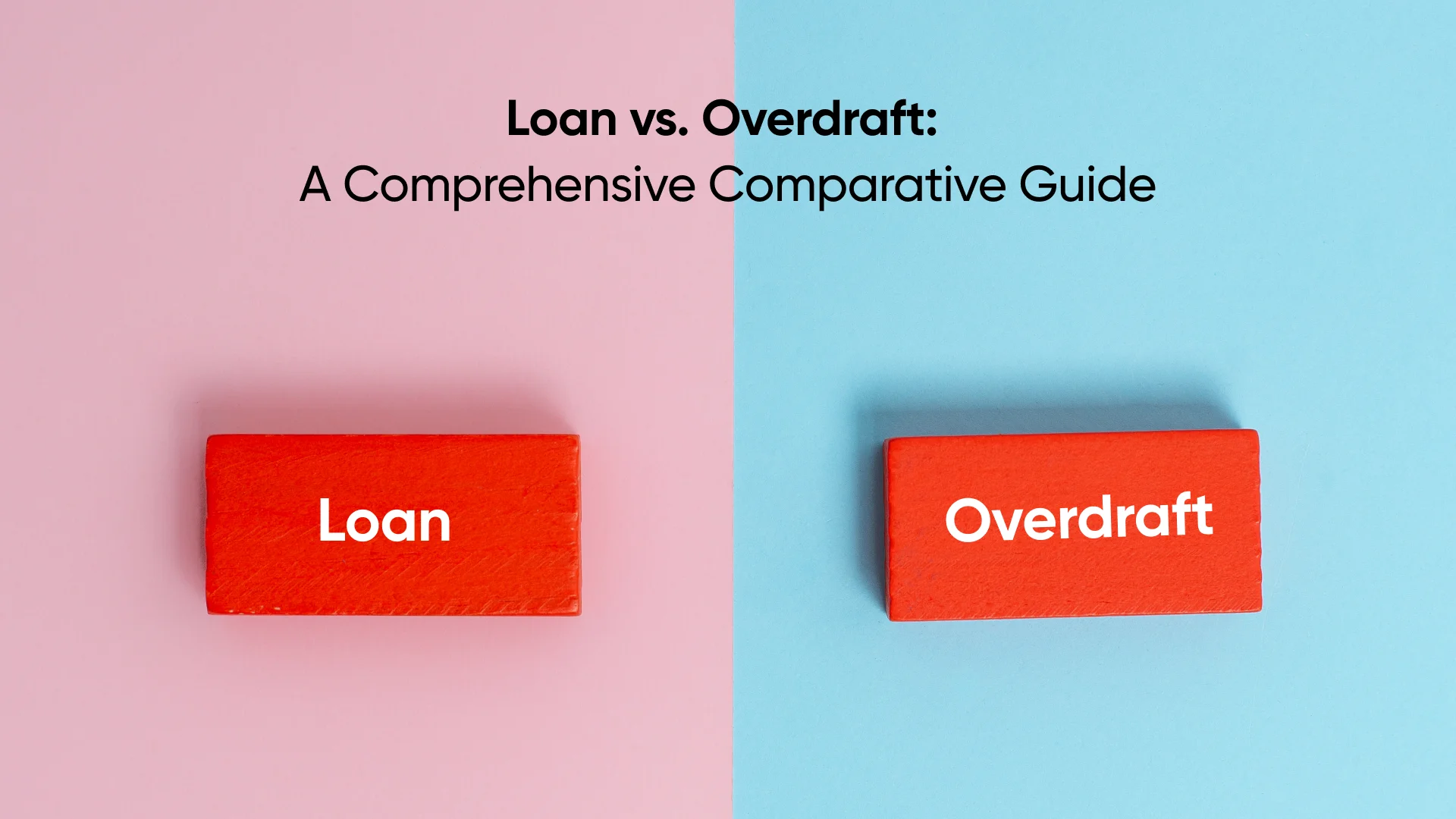Mutual Fund Fees, Charges and Expenses in India

When investing in mutual funds, it’s natural to focus on returns. But have you considered the fees and charges that come with them? These costs may seem small but can significantly impact your overall returns in the long term.
Some charges have a bigger impact than others, so knowing what you’re paying for can help you choose funds wisely and maximize your returns. Let’s explore the key mutual fund fees, charges and expenses and why they matter for your investments!
Table of Contents
ToggleWhat are the Mutual Fund Fees and Expenses?
When you invest in mutual funds, there are certain costs associated with managing and maintaining the portfolio. These charges are known as the mutual fund fees and expenses. The more actively managed the fund, the higher the expenses required. Furthermore, the cost and expenses vary depending on the type of fund. Even a slight difference in expense makes a substantial difference in returns over the long term.
For instance, consider you invest ₹1,00,000 in two mutual funds for 20 years, both giving 12% returns, but with different expense ratios:
Fund A (1.5% Expense Ratio) – Grows to ₹7.44 lakh
Fund B (0.5% Expense Ratio) – Grows to ₹9.03 lakh
So, even a 1% difference in fees cost you ₹1.59 lakh overtime. This makes it crucial to consider a lower expense ratio for higher returns.
Types of Mutual Fund Fees and Charges
When investing in mutual funds, it’s important to understand the various mutual fund fees and charges that can impact your returns. By knowing the different types of mutual fund fees and expenses, you can make informed investment decisions and choose cost-effective funds that maximize your returns.
Entry Load: Definition and Current Status
Entry load was the charge investors had to pay when they invested in a mutual fund for the first time to cover the distribution costs incurred by the Asset Management Company (AMC) to promote the scheme. However, in 2009 SEBI abolished this charge prohibiting fund houses from imposing entry loads on investors.
Exit Load: Purpose and Applicability
An existing loan is the fee that the investor must pay if they withdraw from a mutual fund within a specific period. The fee is charged if an investor withdraws within 1 year from the date of investment. The exit loan is typically about 1% of the redemption value. This fee is charged when investors withdraw from mutual funds. It is used to discourage premature withdrawals and limit withdrawal volumes. Also, no exit loan is levied if an investor withdraws after one year of investments in the scheme.
Expense Ratio: Components and Impact on Returns
Expense ratio is the annual fee charged by the fund for managing the portfolio. It covers various costs, including marketing and distribution expenses, auditing fees, brokerage charges, compliance costs, administrative fees, custodial charges, and legal expenses. The expense ratio directly affects your mutual fund returns since it is deducted annually from your investment. It represents a percentage of the fund’s daily net assets and covers the cost of fund management. A higher expense ratio reduces your net returns. Thus, it is important to weigh in the expense ratio before you invest in any fund.
For instance, you invest ₹10 lakh in two mutual funds for 20 years at 12% annual returns:
Fund A (1.5% Expense Ratio) → Final value: ₹74.08 lakh
Fund B (0.5% Expense Ratio) → Final value: ₹90.39 lakh
A 1% higher expense ratio costs you ₹16.31 lakh over time.
Transaction Charges: When and How They Apply
In India, transaction charges are levied when you sell or buy units whose value exceeds ₹10,000. Thus, whenever an investor buys or sells any unit above ₹10,000, they are liable to pay transaction charges. As per Securities and Exchange Board of India (SEBI), mutual funds can charge a maximum of ₹150 for new investors if their transaction value exceeds ₹10,000. For existing customers, the maximum transaction charge is restricted to ₹100.
Additional Costs: Custodian and Registrar Fees
Apart from the expense ratio, mutual funds also have custodian and registrar fees, which cover operational and administrative expenses.
Custodian Fees: These are charged for safekeeping and managing the fund’s securities. Custodians ensure that all assets are securely held, and transactions comply with regulations.
Registrar Fees: These cover costs related to investor record-keeping and account maintenance.
Though these fees are usually a small fraction of the total cost, they impact overall fund expenses, making it important to choose funds with affordable cost structures.
Also Read: Types of Mutual Funds: Categories Explained for Every Investor
How Mutual Fund Charges Affect Your Investment Returns
Mutual fund charges play a critical role in your net returns, as they impact your investment over the long term. There are many charges related to mutual funds, but few charges impact returns more than others. Thus, it is important to assess these charges before one invests in any mutual fund.
Expense Ratio: The expense ratio is the annual fee charged by the fund for management and administration. Even a small difference in the expense ratio can significantly impact long-term returns due to compounding.
Expense ratio has the biggest impact on your returns. Thus, always compare expense ratios before investing.
Exit Load: This is charged when you redeem units before a specific period (withdrawn within a year). If you plan to invest for the long term, this fee may not impact you much. However, if you need liquidity or might withdraw early, check the exit load before investing.
Transaction Fees & Other Charges: These fees include custodian fees, registrar & transfer agent (RTA) fees, and brokerage costs. These are usually small and one-time costs but still contribute to the total expenses. While not as significant as the expense ratio, they should be considered in cost-sensitive investments.
Also Read: Mutual Fund Returns: What They Are & How to Calculated
Conclusion
Mutual funds fees may seem small, but they can significantly impact your returns over time. A high expense ratio or unexpected exit load can significantly reduce your returns, so it’s important to understand and compare costs before investing. Always check the fee structure and make informed choices to get the best out of your investments.
Frequently Asked Questions
What Is The Current Status Of Entry Load Charges In Mutual Funds?
Securities and Exchange Board of India (SEBI) since August 2009 has removed entry load charges in mutual funds.
How Does The Expense Ratio Impact My Mutual Fund Returns?
Expense ratio directly impacts your mutual fund returns. Expense ratio is a percentage of your total investment that you pay the fund to manage your investment. Thus, the higher the mutual fund expense ratio, the higher amount you end up paying the fund managing firm.
Are Transaction Charges Applicable To All Mutual Fund Investments?
No, transaction charges are not applicable to all mutual fund investments. In India, transaction charges are only applicable to mutual fund investments that are more than ₹10,000.
What Are The Regulatory Limits On Mutual Fund Expense Ratios In India?
As per SEBI regulations, the limit on expense ratio for equity mutual funds in India is 2.25% for the first Rs 500 crore of assets under management (AUM) and for debt funds having a limit is 2.0% for the first Rs 500 crore of AUM.
How Can I Minimize The Fees And Charges On My Mutual Fund Investments?
To minimize the fees and charges on your mutual fund investments, you can opt for direct plans (that exclude distributor fees & commission), choose funds that have lower expense ratios (like index funds) and opt for larger funds that have lower expense ratios.
What Are The Hidden Charges In Mutual Funds?
The hidden charges in mutual funds may include fund switching fees, additional transaction charges, account maintenance fees, exit loans etc. It is advisable to research the fund and read the terms carefully before you invest in any fund.
How To Calculate Mutual Fund Expenses?
Mutual fund expenses are calculated as:
Annual Expense = (Investment Amount × Expense Ratio) ÷ 100
For example, investing ₹2,00,000 at a 1.5% expense ratio:
[ (2,00,000 × 1.5) ÷ 100 = ₹3,000 per year
Higher expense ratios reduce long-term returns due to compounding.
YOU MAY ALSO LIKE






Search by posts
Categories
- Blog (5)
- Credit History (36)
- Credit Line (7)
- Festive (4)
- Finance (15)
- Mutual Fund (18)
- Personal Loan (266)
- Tax (8)
- Zype (4)








